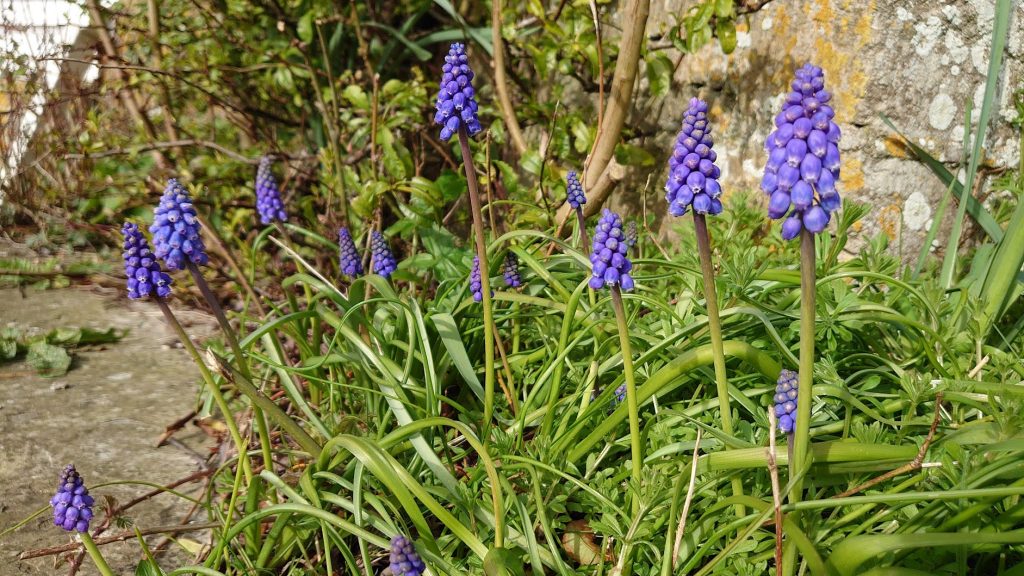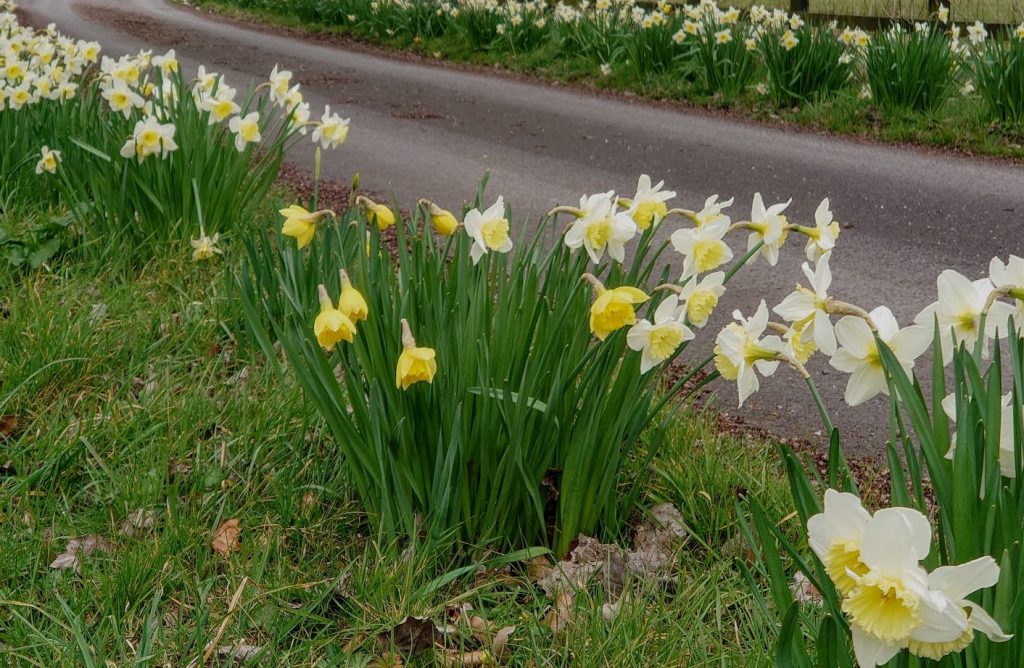We have all seen flowers appearing earlier than ever – daffodils in December, magnolia in February – but now the extent of the change has been revealed by a new study.
The research, carried out by a team at Cambridge University, found that plants in the UK are flowering as much as a month earlier than just 70 years ago.
Its long been known that temperatures in urban areas are higher than the surrounding area due to more buildings, cars and people etc, something called the urban heat island effect. But these changes are more than can be expected from urbanisation – global warming is contributing too and the result is a worryingly rapid change in our climate, especially in the early months of the year.
The study looked at data going back as far as 1753, the earliest of which was gathered by naturalists who recorded all sorts of observations, including the date at which leaves and flowers opened (phenology) – data which has proved so useful for this study.
The arrival of spring can be quite variable, with spring being late one year and then early the next. However, these researchers looked at the longterm trends. It was clear that global warming is having a big impact. The appearance of flowers had been pretty static over hundreds of years, but after the Second World War things started to change. Over the last 70 years, the date at which flowers open has got earlier by 5 days every 10 years. We are seeing substantial changes in our own lifetimes.
Not all plants respond to earlier springs in the same way. It appears that climbing plants have only changed by a few days, while trees were 14 days earlier. However, those species most affected were small plants. They flowered, on average, 32 days earlier. This is because these smaller plants have a fast turnover rate compared with long-lived trees and higher levels of genetic adaptation. But researchers don’t know if these plants will be able to keep up with the changes or whether animals that depend on these plants are just as adaptable.

There are other differences too. In the south, first flowering time is on average 6 days earlier than in the north, its 5 days earlier in urban areas compared with rural and one day earlier at lower altitude compared with higher altitude.
So why should we be worried?
There is real concern that early flowering results in a mismatch between flowers and their pollinators, between plants and herbivores and this has a severe knock on effect on foodchains. The impact could be considerable and has lots of ramifications for farming, conservation and more.
What can we do?
We can help in our gardens by ensuring we have a continual supply of flowers in the garden from January, like snowdrops, grape hyacinths (seen above), hellebores etc., and also flowers of different types to suit as many insects as possible.
You can read the read the full report published by the Royal Society here https://royalsocietypublishing.org/doi/10.1098/rspb.2021.2456
